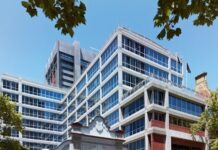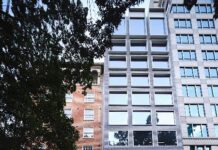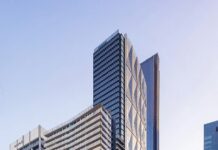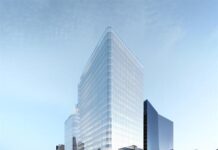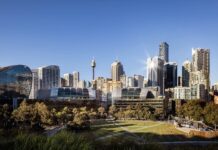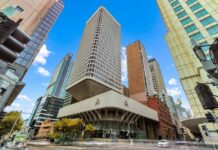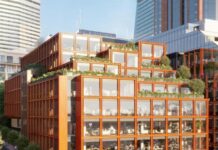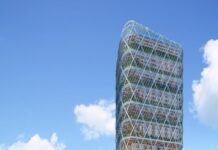According the latest Property Council‘s Australian Office Market Report, Australian office vacancy rate has dropped to 8.5 per cent (down from 9.2 per cent) in the six months to January 2019 due to the growing demand for office space aross the country.
Melbourne CBD and Sydney CBD are the tighest markets in the country. Ovarall, Australian CBD office market vacancy rates fell to its lowest level since January 2013.
“Office vacancies have tightened in CBDs across the country, with Melbourne and Sydney now at incredibly low levels,” said Ken Morrison, Chief Executive of the Property Council of Australia.
Melbourne CBD vacancy rate, dropped from 3.6 per cent to 3.2 per cent over the six months to January 2019, has reached a 10 year low and remains the lowest of any Australian CBD due to Victoria’s strong economic fundamentals, population growth, liveability and comparatively affordable rents.
Sydney CBD vacancy rate falls in H2 2018
The Sydney CBD vacancy rate fell to 4.1 per cent from 4.6 per cent in the six months to January 2019.
There is more space in the pipeline for Sydney from 2019 onwards with over 80,000 square metres entering the market in 2019 and over 100,000 square metres in 2020.
ALSO READ : Australian REIT Dexus: Foreign investment demand to remain strong in 2019
“Competition is good, and Australia has two of the strongest office markets in the Asia Pacific region, however Sydney is losing ground on our southern neighbour in terms of both space in the pipeline and demand,” Property Council of Australia NSW Executive Director Jane Fitzgerald said today.
“Office vacancies have tightened in CBDs across the country, with Melbourne and Sydney now at incredibly low levels,” said Ken Morrison, Chief Executive of the Property Council of Australia.
Melbourne and Sydney were followed by Hobart with the next lowest CBD vacancy rate of 5.9 per cent (previously 5.8 per cent); Canberra 11 per cent (down from 12.4%); Brisbane 13 per cent (down from 14.7 per cent); Adelaide 14.2 per cent (previously 14.7 per cent); Darwin 17.2 per cent (down from 21.6 per cent); and Perth 18.5 per cent (down from 19.4 per cent).



